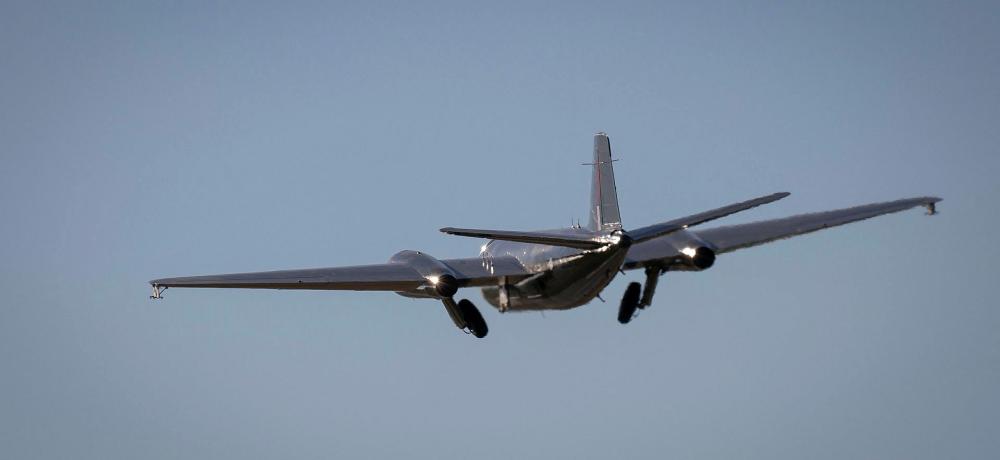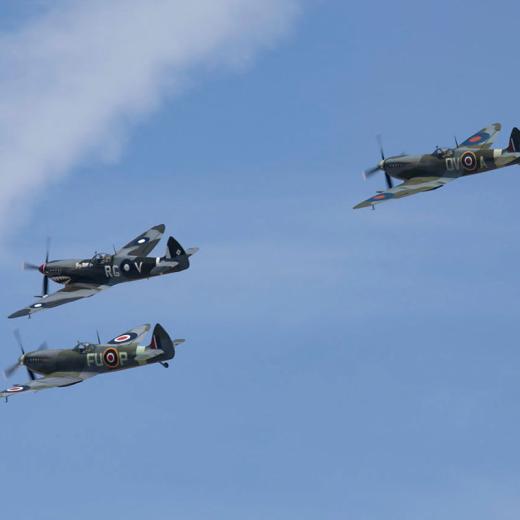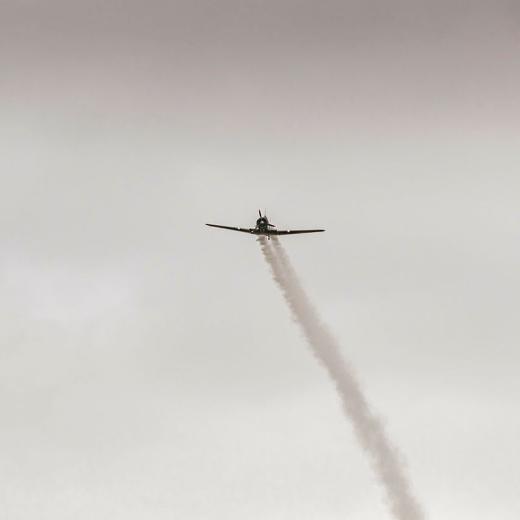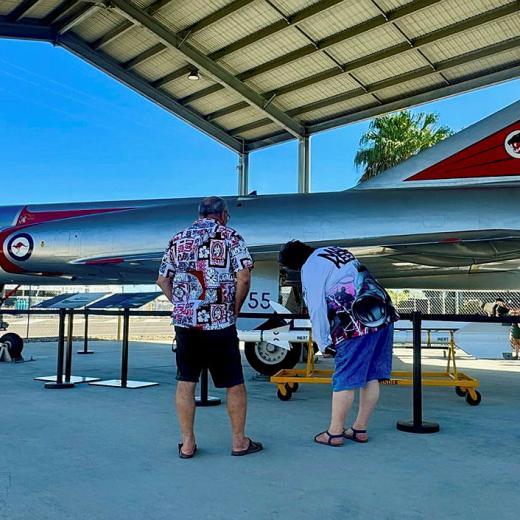BLUF
This article explores the potential effectiveness of airpower in winning the Vietnam War, analyzing strategic, joint, and tactical aspects.Summary
Key Points:
- Airpower was believed by some to have the potential to win or limit the extent of the Vietnam War.
- The Rolling Thunder strategic bombing campaign failed to undermine North Vietnamese commitment.
- Strategic bombing campaigns, even on a large scale, proved ineffective in changing the course of the war.
- Air mobility played a significant role in making ground forces more effective in tactical operations.
- The US Army achieved success with airborne forces, but this success was limited to the tactical and operational levels.
- Inter-service conflicts between the Army and Air Force hindered the full utilization of mobility advantages.
- Linebacker I operation in 1972 demonstrated the effectiveness of airpower in countering North Vietnamese offensives.
- Sustained air commitment might have helped maintain South Vietnam, but it required a long-term US engagement.
- Airpower alone could not resolve the political problems or change the North Vietnamese commitment to unification.
- The ultimate victory of North Vietnam was inevitable due to the underlying factors and limitations of airpower.
References
- VIETNAM AIR WAR COLLECTION | The Runway (airforce.gov.au)
- MILITARY HISTORY GENERAL ARTICLES | The Runway (airforce.gov.au)
- Air Power and the Ground War in Vietnam: Ideas and Actions (af.edu)
- The Limits of Airpower or the Limits of Strategy: The Air Wars in Vietnam and Their Legacies > National Defense University Press > Publications | NDU Press





